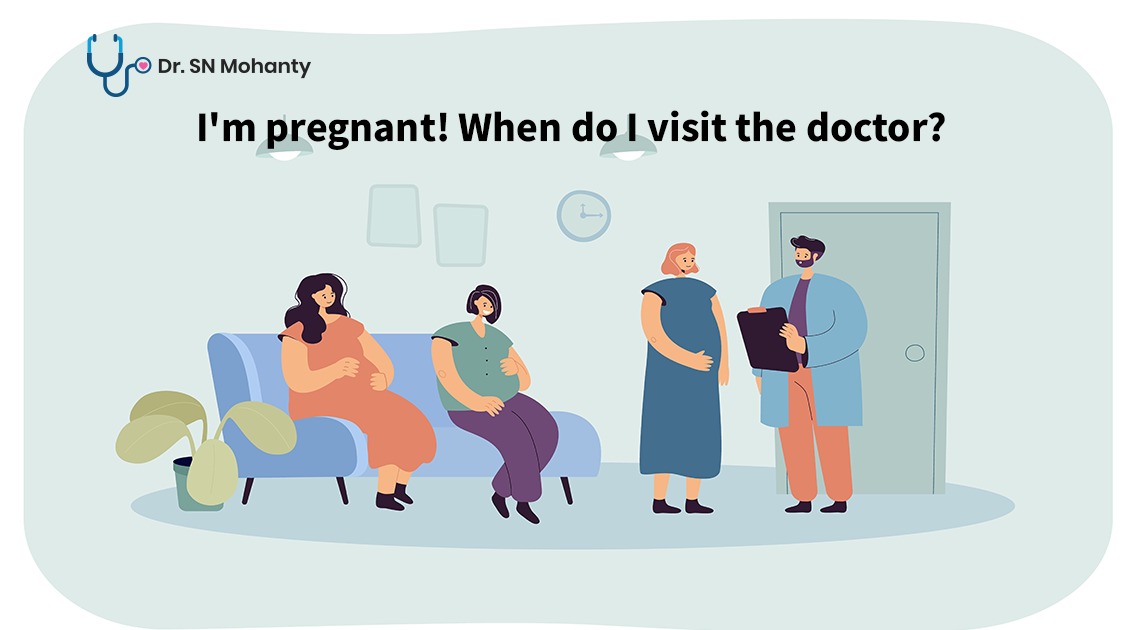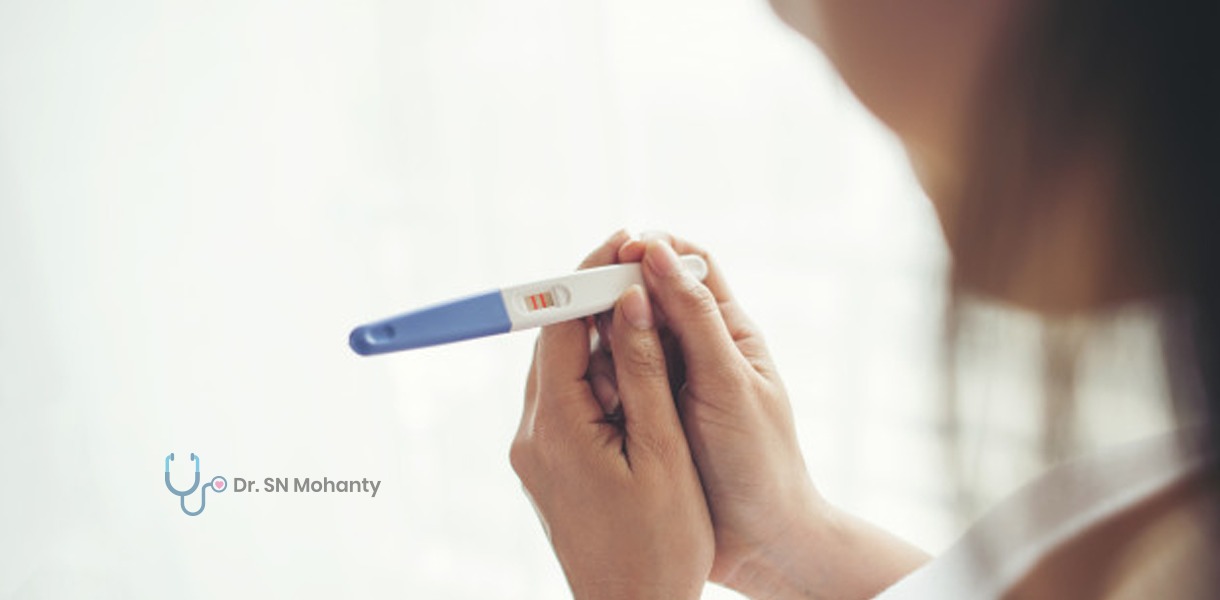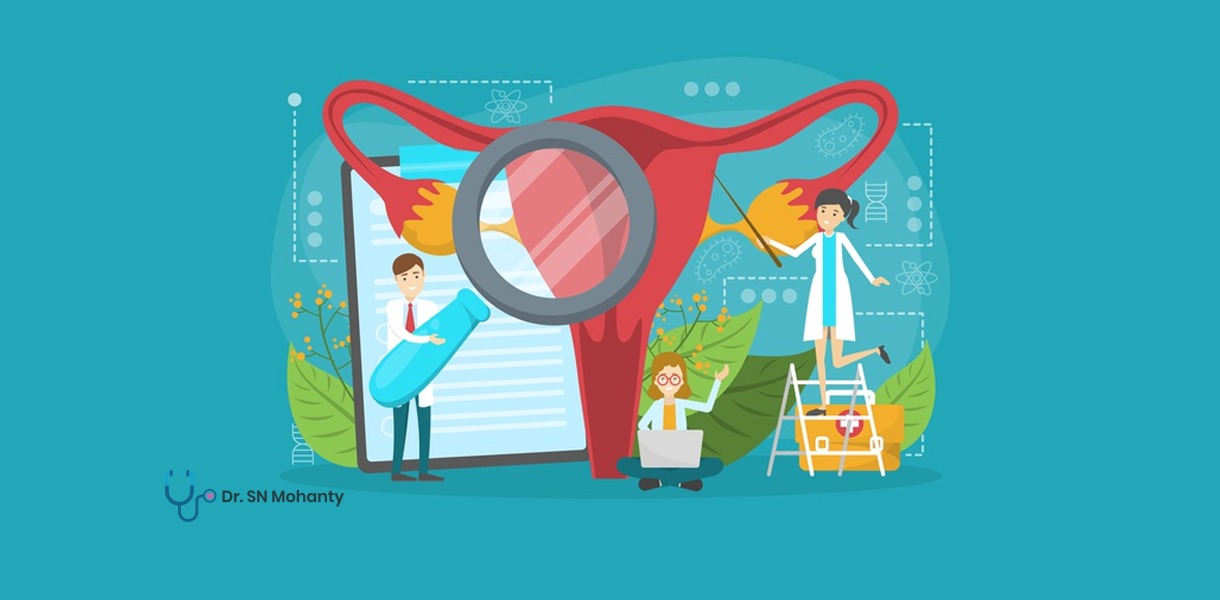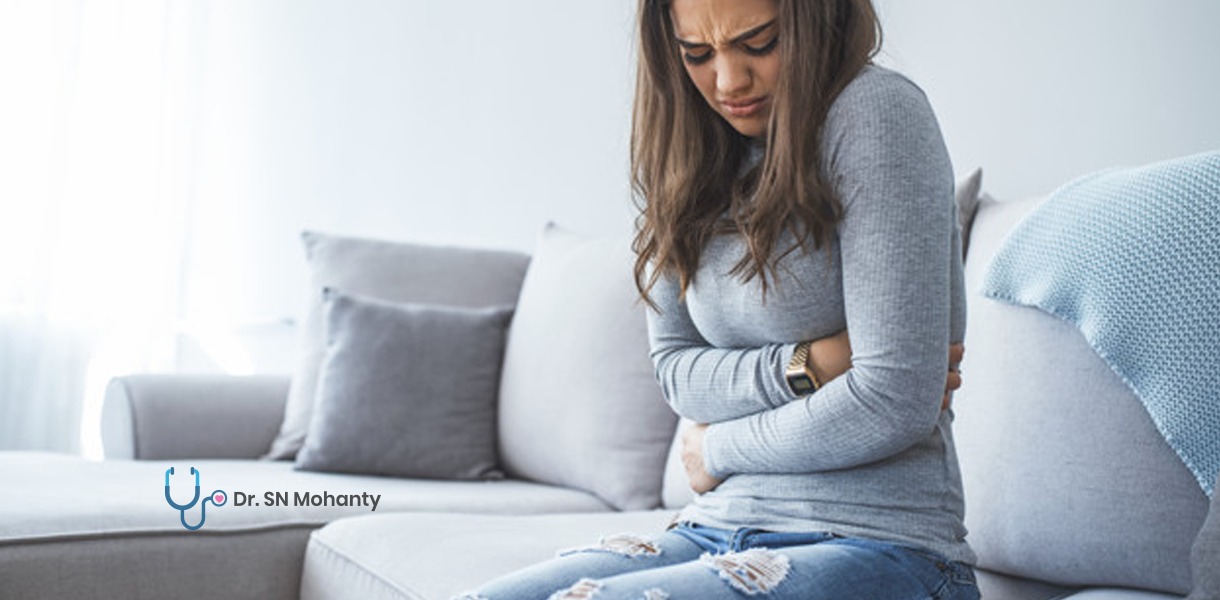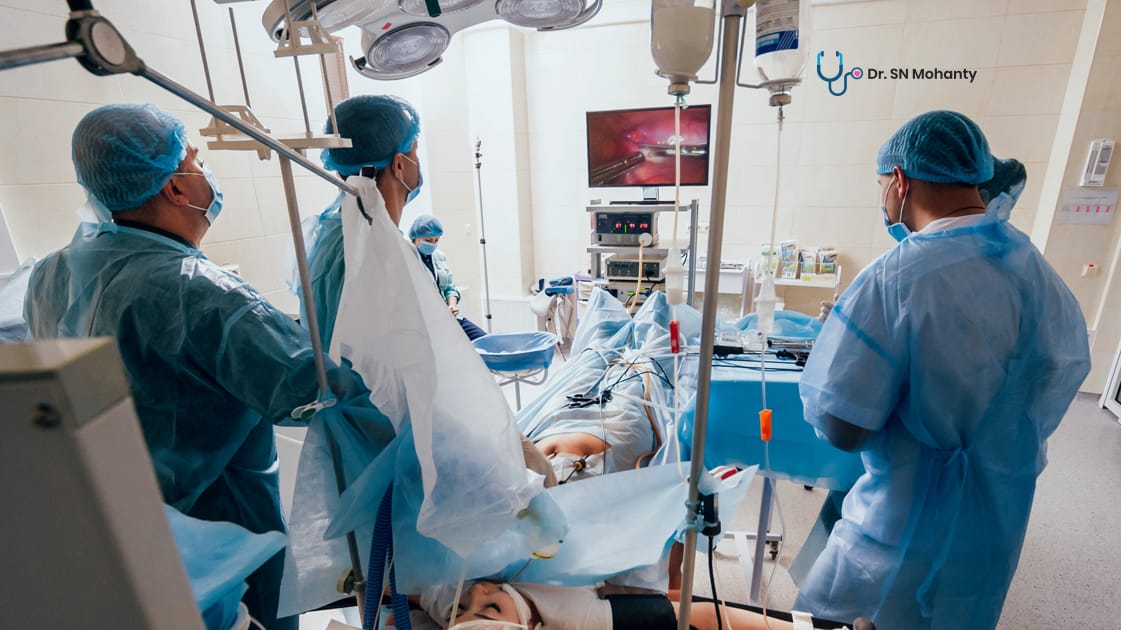
Fibroids are tumors that develop in the walls of the uterus. Fibroids are generally non-cancerous. Fibroids can develop as a solitary tumor, or there can be a significant number of them in the uterus. They can be as little as a bean or as large as a melon. In unordinary cases, they can turn out to be very large.
Once in awhile these tumors become very enormous and cause serious abdominal pain & heavy menstrual flow. In different cases, they cause no signs or symptoms by any means. The reason for fibroids is still unknown.
Types of Fibroids
• Intramural fibroids, the most well-known, that develop in the wall of the uterus.
• Subserosal fibroids develop outwardly of the uterine wall. As they develop bigger they can cause pressure on nearby organs or pain because of their size.
• Submucosal fibroids become just underneath the uterine coating and can swarm into the uterine cavity, prompting heavy bleeding and other more serious complications. These are the most extraordinary kind of fibroid.
• Pedunculated fibroids develop on little stalks or stems and can develop either outside the uterus or inside the uterine cavity.
What causes Fibroids?
The exact reason for the development of fibroids is unknown. It is believed that more than one factor can be the cause. Some of the causes can be:
• Hormonal (influenced by estrogen and progesterone levels)
• Hereditary (runs in families)
Since nobody knows what causes fibroids, it is also unknown what makes them develop or shrink. They are under hormonal control — both estrogen and progesterone. They develop quickly during pregnancy when hormone levels are high. The fibroids contract or shrink when anti-hormone medication is utilized.
Factors that may lead to Fibroids
There are factors that can expand a lady's danger of creating fibroids.
• Age: Fibroids become more normal as ladies age, particularly during the 30s and 40s through menopause. After menopause, fibroids typically shrink.
• Family ancestry: Having a member of the family with fibroids expands your risks.
• Obesity: Women who are overweight are at higher danger for fibroids. For exceptionally obese ladies, the danger is a few times more prominent than normal.
• Dietary patterns: Including a lot of red meat in your diet and ham is connected with a higher danger of fibroids. Eating a lot of green vegetables appears to shield ladies from developing fibroids.
Symptoms of Fibroids
Your symptoms will rely upon the number of tumors you have just and also their area and size. For example, submucosal fibroids may raise weighty feminine draining and ruckus considering.
On the off chance that your tumor is exceptionally little or you're experiencing menopause, you might not have any side effects. Fibroids may shrink during and after menopause. This is on the grounds that ladies going through menopause are encountering a drop in their level of estrogen and progesterone, hormones that stimulate fibroid development.
Symptoms of Fibroids are:
• A heavy menstrual period flow between or during your periods that includes blood clots
• pain in the pelvis area or lower back
• increased urination
• increase in menstrual cramping
• pain during intercourse
• a period that keeps going longer than expected
• pressure in your lower abdomen
• swelling of the abdomen
• pressure on the bladder or bowel
Fibroids & Pregnancy
Women who have fibroids are likely to have issues during pregnancy and delivery. This doesn't mean there will be issues. Most women with fibroids have normal pregnancies. The most common issues found in ladies with fibroids are:
• Cesarean section: The danger of requiring a c-section increases for women with fibroids.
• The child is breech: The child isn't situated well for vaginal delivery.
• Labor fails to advance.
• Placental abruption: The placenta splits from the wall of the uterus before delivery. At the point when this occurs, the fetus doesn't get enough oxygen.
• Preterm delivery.
Consult with your obstetrician immediately if you have fibroids and pregnant. All obstetricians have experience managing fibroids and pregnancy. Most women who have fibroids and become pregnant don't have to see an OB who manages high-risk pregnancies.
How are Fibroids diagnosed?
Your gynecologist may find that you have fibroids when you visit him/her for an ordinary pelvic test to check your uterus, ovaries, and vagina. The gynecologist will portray how little or how huge the fibroids are by contrasting their size with the size your uterus would be in the event that you were pregnant. Or then again the fibroid may be contrasted with products, nuts, or a ball, for example, a grape or an orange, an oak seed, or a golf ball or a volleyball, for your better understanding.
The gynecologist can do imaging tests to confirm that you have fibroids. These are tests that make an "image" of within your body without medical procedure.
These tests may include:
• Ultrasound: Uses sound waves to deliver the image. The ultrasound test can be put on the abdomen or it very well may be set inside the vagina to make the image.
• Magnetic resonance imaging (MRI): Uses magnets and radio waves to deliver the image
• CT Scan: Takes numerous X-ray photos of the body from various angles for a more complete picture
• Hysterosalpingogram (HSG) & Sonohysterogram: A HSG includes infusing x-ray dye into the uterus and taking x-ray pictures. A sonohysterogram includes infusing water into the uterus and making ultrasound pictures.


